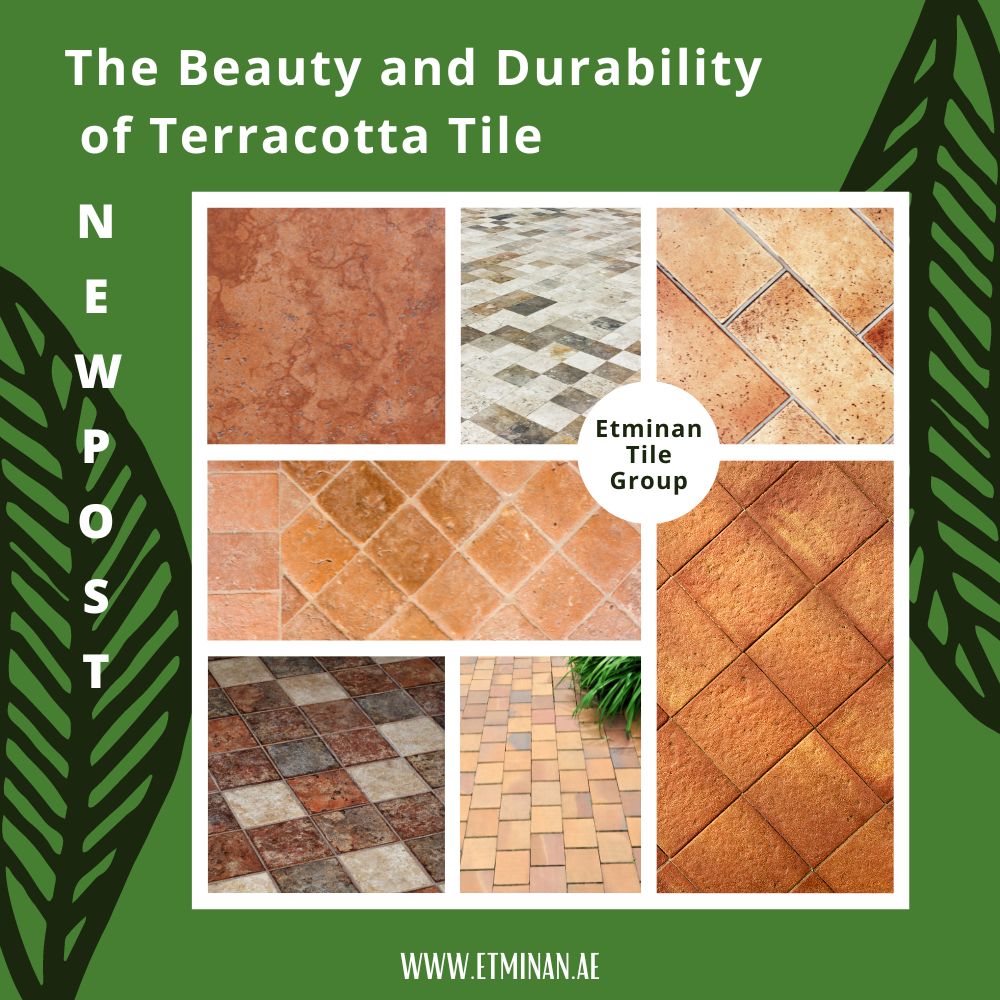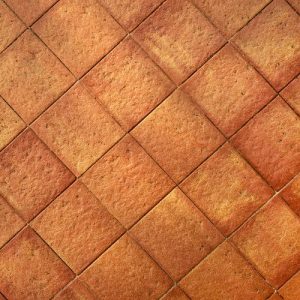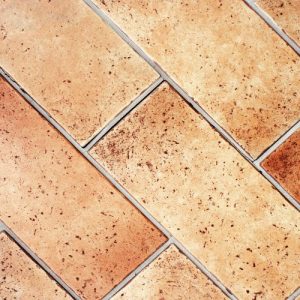The Beauty and Durability of Terracotta Tile
Terracotta tile is a timeless and beautiful flooring option that adds warmth and character to any space. With its earthy tones and natural appeal, the tile has been used for centuries in various architectural styles. In this comprehensive guide, we will explore the beauty, durability, and applications of this tile.
Introduction to Terracotta Tile
Terracotta, which means “baked earth” in Italian, is a type of ceramic tile made from natural clay. The clay is shaped into tiles, dried, and then fired in a kiln to achieve its distinctive reddish-brown color. This tile has been used in homes and buildings for centuries, providing a rustic and charming aesthetic.
The Advantages of Terracotta Tile
Terracotta offers several advantages that make it a popular choice among homeowners and designers:
- Natural Appeal: Terracotta tile exudes a warm and earthy appeal that adds character and charm to any space. Its unique color variations and handcrafted look create a distinctive and inviting atmosphere.
- Durability: The tile is known for its durability and longevity. When properly maintained, it can withstand heavy foot traffic and last for decades. It is a reliable choice for both residential and commercial applications.
- Warmth and Comfort: The tile has excellent thermal properties, making it an ideal choice for regions with colder climates. It retains heat in winter and remains cool in summer, providing a comfortable surface to walk on.
- Versatility: Terracotta tile can complement a wide range of design styles, from rustic and Mediterranean to eclectic and bohemian. It pairs well with natural materials such as wood, stone, and metal, allowing for endless design possibilities.
- Low Maintenance: With its natural durability, this tile requires minimal maintenance. Regular sweeping or vacuuming, followed by damp mopping with a mild cleanser, is usually sufficient to keep it clean and beautiful.
Applications of Terracotta Tile
Terracotta tile can be used in various applications throughout a home or building. Its versatility and timeless appeal make it suitable for both indoor and outdoor spaces. Here are some common applications of the tile:
1. Flooring
Terracotta tile is commonly used as a flooring material in living rooms, kitchens, dining areas, and entryways. Its warm tones and natural texture create a welcoming and cozy atmosphere. It adds a touch of rustic elegance to both traditional and contemporary interiors.
2. Backsplashes
Terracotta tile can be an excellent choice for kitchen or bathroom backsplashes. Its unique color variations and handcrafted look add visual interest and texture to the space. It pairs well with a range of cabinet colors and countertop materials, creating a warm and inviting kitchen or bathroom design.
3. Accent Walls
Terracotta tile can be used to create stunning accent walls in various areas of a home. Whether it’s a fireplace surround, a feature wall in a living room, or a focal point in a bedroom, the tile adds depth, texture, and a sense of artistry to the space.
4. Outdoor Spaces
Terracotta tile is also suitable for outdoor applications such as patios, courtyards, and garden paths. Its natural durability and ability to withstand different weather conditions make it a practical choice for creating inviting and stylish outdoor living areas.
Frequently Asked Questions
Q: Is terracotta tile suitable for high-traffic areas?
A: Terracotta tile is durable and can handle moderate foot traffic. However, in high-traffic areas, it may develop a patina over time, which can add to its charm. Regular maintenance and sealing can help preserve its appearance.
Q: How do I clean and maintain this tile?
A: To clean terracotta tile, sweep or vacuum regularly to remove loose dirt and debris. Use a damp mop with a mild cleanser specifically formulated for terracotta. Avoid harsh chemicals or abrasive cleaning tools that may damage the surface. Periodic sealing is recommended to protect the tile and maintain its appearance.
Q: Does terracotta tile require sealing?
A: Yes, terracotta tile should be sealed to protect it from stains and moisture absorption. The sealing frequency depends on factors such as usage and location. Consult with the manufacturer or a professional installer for specific sealing recommendations.
Q: Can the tile be used in wet areas like bathrooms?
A: While terracotta tile is suitable for many applications, it is not recommended for areas with excessive moisture, such as showers or steam rooms. In such cases, alternative tile options like ceramic or porcelain may be more suitable.
Q: Does terracotta tile fade over time?
A: Terracotta tile can develop a natural patina and slight color variation over time, which is part of its charm. However, excessive exposure to direct sunlight may cause accelerated fading. To minimize fading, use appropriate window coverings or consider outdoor applications for the tile.
Conclusion
Terracotta tile is a timeless and beautiful choice for adding warmth, character, and natural appeal to any space. Its durability, versatility, and low maintenance make it a practical option for a variety of applications. Whether used for flooring, backsplashes, accent walls, or outdoor areas, the tile brings a touch of rustic elegance and creates a welcoming atmosphere. Embrace the beauty of this tile and enjoy its enduring charm for years to come.
Also Read this Article: A Comprehensive Guide to Porcelain Tile






